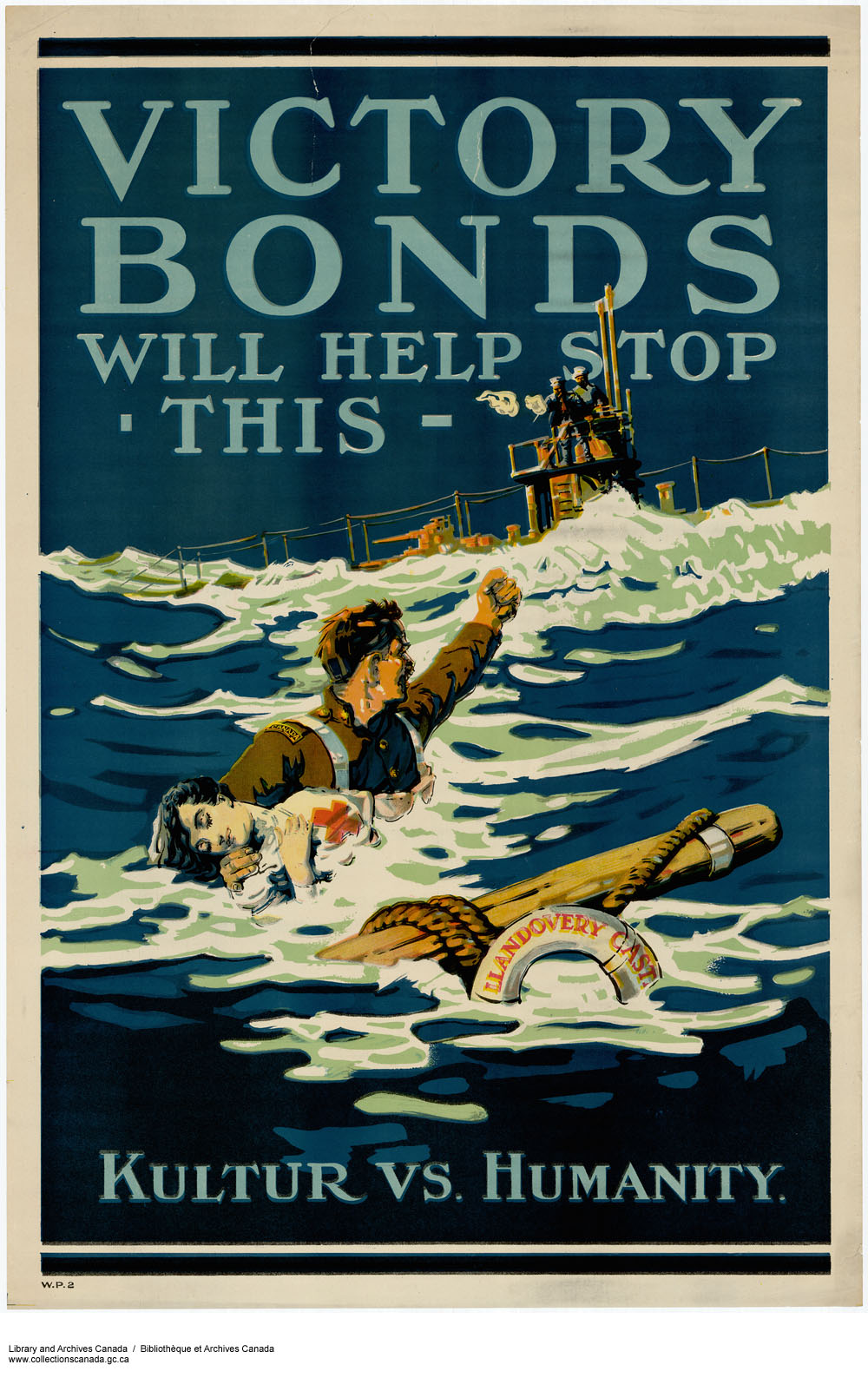Article
Second World War (WWII)
The Second World War was a defining event in Canadian history, transforming a quiet country on the fringes of global affairs into a critical player in the 20th century's most important struggle. Canada carried out a vital role in the Battle of the Atlantic and the air war over Germany and contributed forces to the campaigns of western Europe beyond what might be expected of a small nation of then only 11 million people. Between 1939 and 1945 more than one million Canadian men and women served full-time in the armed services. More than 43,000 were killed. Despite the bloodshed, the war against Germany and the Axis powers reinvigorated Canada's industrial base, elevated the role of women in the economy, paved the way for Canada's membership in NATO, and left Canadians with a legacy of proud service and sacrifice embodied in names such as Dieppe, Hong Kong, Ortona and Juno Beach. (This is the full-length entry about the Second World War. For a plain-language summary, please see Second World War (Plain-Language Summary).)










